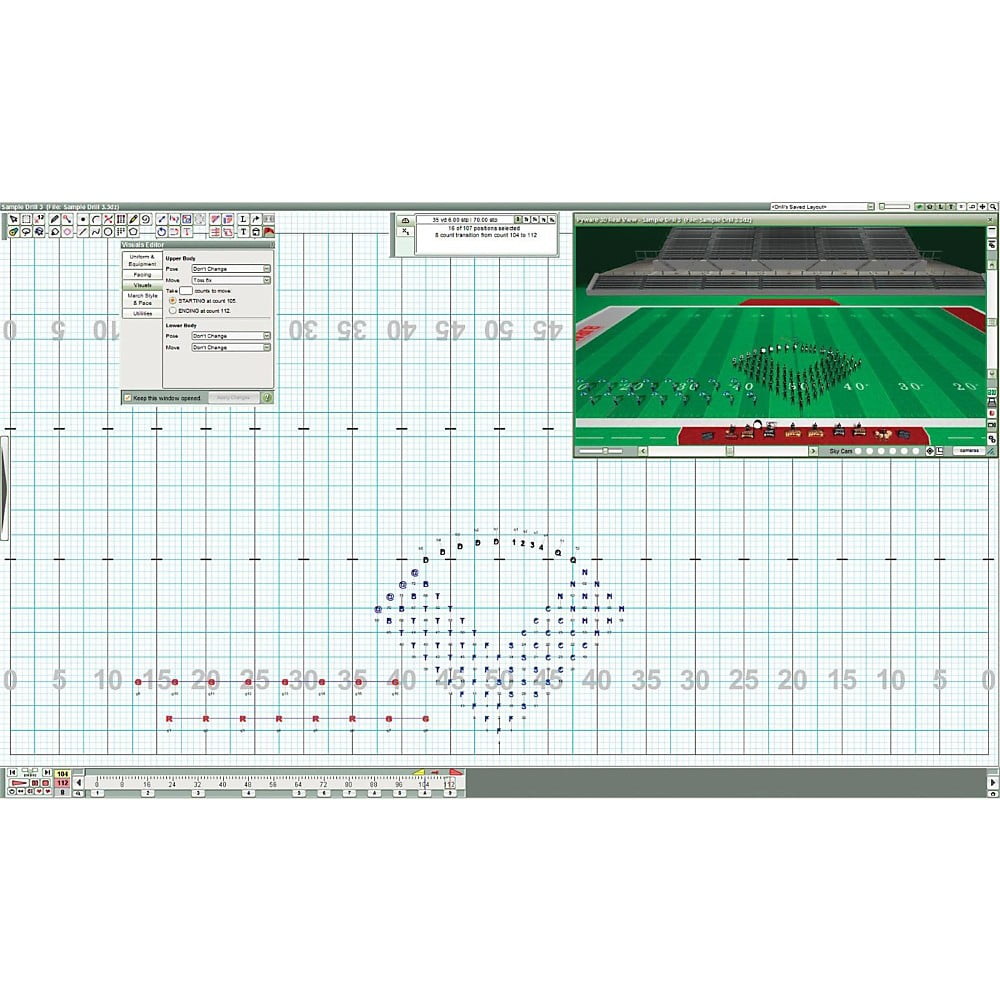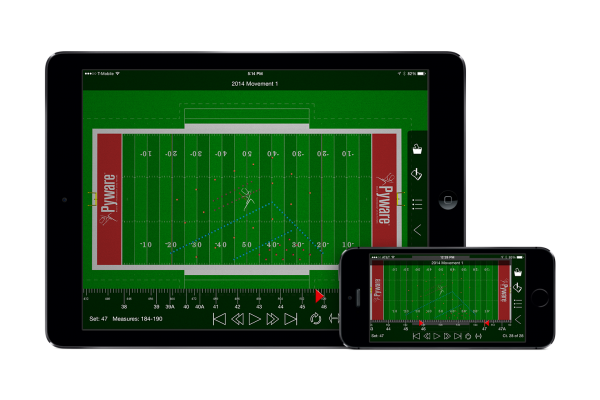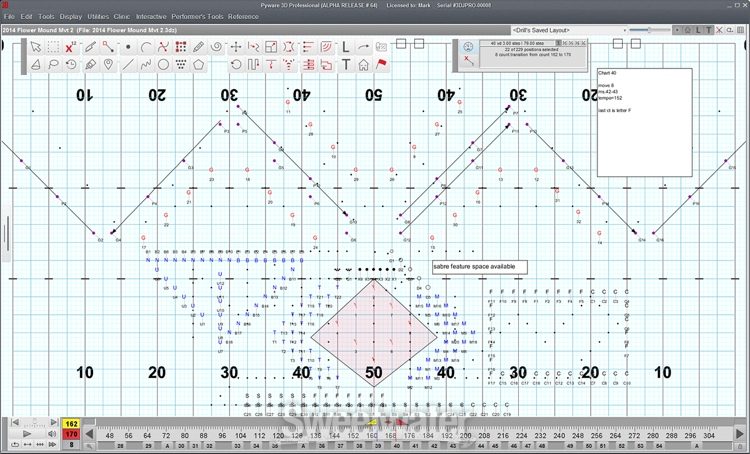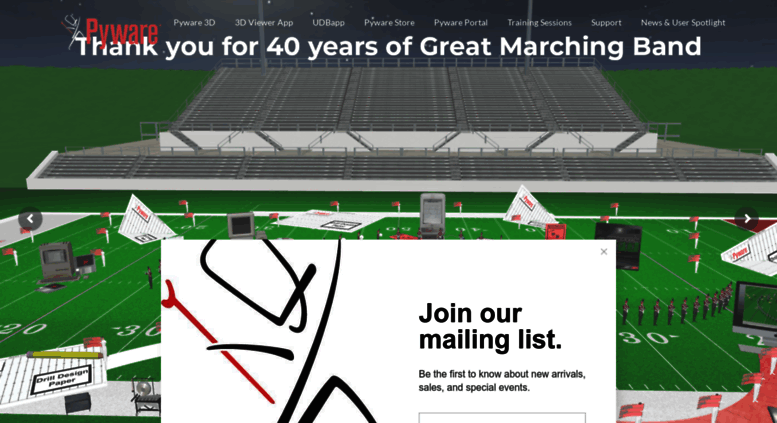
Launch Scene Viewer using an explicit intent (3D or AR) The option of gradually transitioning them to a more immersive ARĮxperience once you understand their intent to do so.
Provide users a 3D experience on a surface you own and control, with. Launch Scene Viewer natively in AR directly from a 3D model embedded. Web-based 3D viewer to launch Scene Viewer natively displaying the 3D model Manually enter into a full-screen native AR mode. Host an inline view of a 3D model on your website, and allow the user to Use your own 3D model viewer or provide another fallback response of your Show a friendly error message indicating the user's device doesn't yet Isn't present, falls back to behavior you configure.įor example, you might launch your own full-screen 3D experience or ar_only: Always displays in AR viewer only, with noĪbility to switch to a 3D viewer. Present, Scene Viewer falls back to behavior you configure. ar_preferred: Always starts in AR viewer, and users can. Mode setting for displaying the 3D model. Google Play Services for AR (ARCore), and choose an appropriate Launch Scene Viewer using an explicit intent to If Google Play Services for AR isn't present on the device, control the #Pyware 3d viewer file android#
Automatically fall back to native 3D mode of Scene Viewer forįrom a button or link on a website or Android app, launch a native AR view.Support the widest possible range of devices.3d_only: Always displays only in a 3D viewer, with no.Isn't present, users can't switch away from 3D viewer. 3d_preferred: Always starts in a 3D viewer, and usersĬan manually switch to an AR viewer.Isn't present, gracefully falls back to starting in the 3D viewer. ar_preferred: Always starts in an AR viewer, and usersĬan manually switch to a 3D viewer.Google Search package, and choose an appropriate mode Launch Scene Viewer using an explicit intent to the

To showing the model in a Scene Viewer-powered 3D mode. If Google Play Services for AR isn't present on the device, Supported use cases Intended use caseįrom a button or link on a website or Android app, launch a Message, or a fallback experience that you have built. URL that launches an alternative experience, for example, a web page, an error To provide for cases where either Google Play Services for AR or the Google appĪren't present or the installed versions are too old, you can specify a fallback The vast majority of ARCore supported devices. This app comes pre-installed and is also automatically kept up to date on This service is automatically installed and kept up to date on the vastĪpp. To experience AR with Scene Viewer, users must have an:Īndroid 7.0 Nougat (API Level 24) or later. Web-based experiences require only properly-formatted links on a web page.Īpp-based experiences require only integrating a few lines of Java code. It also powers these experiences for Google Search. Implemented by many Google partners to reliably support 3D and AR experiences. Most Android browsers support Scene Viewer. Place, view, and interact with web-hosted 3D models in their environment. It lets users of Android mobile devices easily preview, See Export.Scene Viewer is an immersive viewer that enables 3D and AR experiences from your
Click File tab Export, and select an export option. Export the 3D view defined by the section box:. Return to the 3D view and make any further adjustments required. Drag the section box handles to change its size and shape. With the section box still selected in 3D, open a floor plan view. It may be easier to control the size, shape, and position of the section box from another view (such as a floor plan), as follows: Drag the handles to change the shape and size of the box. 
 Select the section box to see its handles. The section box displays in the drawing area. On the Properties palette, under Extents, select Section Box, and click Apply. Clear the check box for Section Boxes, and click OK. In the Visibility/Graphics dialog, click the Annotation Categories tab. Click View tab Graphics panel (Visibility/Graphics). Hide the section box so that it does not appear in the exported file:. Saving the view allows you to easily export it again later if you make revisions to the model.įor information about section boxes, see Change the Extents of a 3D View. This is the 3D view that you will export. Rename the duplicate view: in the Project Browser, right-click the duplicate view, and click Rename. In the Project Browser, the duplicate view is named Copy 1. The duplicate view displays in the drawing area.
Select the section box to see its handles. The section box displays in the drawing area. On the Properties palette, under Extents, select Section Box, and click Apply. Clear the check box for Section Boxes, and click OK. In the Visibility/Graphics dialog, click the Annotation Categories tab. Click View tab Graphics panel (Visibility/Graphics). Hide the section box so that it does not appear in the exported file:. Saving the view allows you to easily export it again later if you make revisions to the model.įor information about section boxes, see Change the Extents of a 3D View. This is the 3D view that you will export. Rename the duplicate view: in the Project Browser, right-click the duplicate view, and click Rename. In the Project Browser, the duplicate view is named Copy 1. The duplicate view displays in the drawing area.  In the Project Browser, right-click the 3D view to export, and click Duplicate View Duplicate. (You can, however, use crop regions to export part of a 2D view.) Instead, use section boxes as described here. Note: For 3D views, crop region boundaries are not exported, so you cannot use crop regions to limit model geometry.
In the Project Browser, right-click the 3D view to export, and click Duplicate View Duplicate. (You can, however, use crop regions to export part of a 2D view.) Instead, use section boxes as described here. Note: For 3D views, crop region boundaries are not exported, so you cannot use crop regions to limit model geometry.








 0 kommentar(er)
0 kommentar(er)
